The Learning Potential of the Humble Fiddle Tune
When I first moved back to the big city and started teaching string classes again, I wasn’t sure how I was going to approach teaching fiddle tunes to my students aside from just having them learn the tune itself. I decided to just dive right in with a jig and see what would happen. What I discovered was, you can learn so many things through jigs!
If you have ever looked through a fiddle tune collection, and the SMT Fiddle Tunes for Strings collection, you will notice that what is written is only the bare bones of a tune with little to no bowings or direction, and that is how it is meant to be. A tune is subject to the individual player’s interpretation and the particular style they want to play in. This provides a great opportunity for you to teach and introduce many concepts.
Repeats and Tune Structure
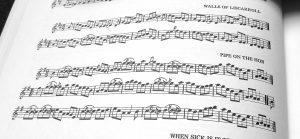
Most tunes are written as two-part tunes, with 16 bars and repeated as AABB. There are also short 8-bar tunes, as well as three-part tunes that are AABBCC, and sometimes AABBAACC, etc. Aside from repeats, tunes are meant to be played through more than once depending on the practice of the style. For example:
- When playing the Scottish bagpipes, tunes are only played once before going on to the next tune in the medley.
- In many Scottish styles, or a style with Scottish origins (such as Cape Breton), tunes are played twice before going on to the next tune in a medley. This makes it easy to know when to change tunes.
- In the Irish style, tunes are played at least three times, and more if you are enjoying it. Also, the Irish style is all about the little variations, which is partly why a tune is played many times, for the opportunity to play around with the melody and show off your wit. To know when a tune is going to change in a medley, you have to look for a nod from the leader.
Correcting Repeat Bars
I want to note that many of the tunes in the SMT Fiddle Tunes for Strings collection are written without “proper” 1st and 2nd endings – in other words, pick-up bars and last bars don’t necessarily add up. I did this deliberately because this is often how you will find tunes written in tune books.
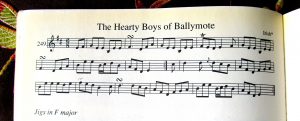
Why do they do this? It could be because it is done in error, but more likely it is because unless there is something significant, no one bothers writing out 1st and 2nd endings if the only difference is only an eighth-note here and there; they expect the player to know enough to adjust. Also, occasionally a tune is written without the last note, depending on how the phrase ends. Again, instead of writing a 1st and 2nd ending for the sake of the last note, it is assumed that the player should know enough to end the tune on the tonic. Traditional players don’t need everything to be written out for them – they automatically adjust endings because they know to just do what sounds right.
This leaves you with the opportunity to introduce the fact that the repeat bar and the pick-up bar always have to add up so that it reflects the time signature, and it’s OKAY to make the adjustment if needed. You can discuss whether you have to add or take away a beat to make it work out. This will also often happen on the recap to the beginning of the tune.
If you have a tune that is missing the last note, that is a great time for discussing what the last note should be, and how to even know that the last note is missing.
I think it is important to give students the opportunity to listen critically and trust their instincts to make sure the music sounds right.
Using jigs is such a perfect way to teach compound time. In fact, I would venture to say it’s because of the jig that we have compound time in the first place. Through jigs you can easily explore compound time by demonstrating:
- that the time signature tells you there are six eighth-notes in the bar
- how the eighth-notes are beamed in groups of threes and explore why
- how we actually feel only two beats in the bar and each beat feels like a triplet
- that mathematically 6/8 is the same as 3/4 and explore why we have these two different time signatures
- in contrast, 3/4 has 3 beats and each beat consists of a duple
- how to tap to a jig
- how to effectively stress the stronger beats by lightening up on the other notes
This is also the perfect time to introduce my worksheets on Simple Time and Compound Time (future post).
Bowing Choices
I’ve been intending to come up some exercises to help students understand the fundamentals of bow direction but have never gotten around to it. It turns out that tunes are a great way to introduce how to make good bowing decisions.
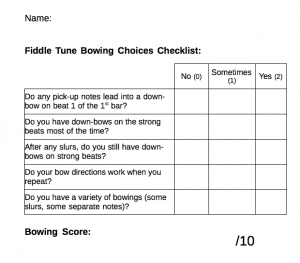
Bowings are usually not written for traditional tunes, or if they are, they are meant only as suggestions. That leaves the player free to choose their own bowings according to the sound they want or the style they want to play. I have left the bowings out of the tunes in the SMT Fiddle Tunes collection so that you too can use tunes to introduce the concept of what makes a strong bowing vs. a weaker bowing. For example:
- what bow direction to use for pick-up notes
- making sure that the bowings you choose are consistent when repeated
- making sure you have a down-bow on the strongest beats (beat one)
- slur combinations that work best to keep the down-bow on strong beats as often as possible
- slur combinations that work best with the time signature (in 6/8, slurring three notes together would be much better than slurring only two)
- making slur choices according to the sound you want – mostly legato, mostly detached, or a variety?
Of course, bowing decisions also depend on the style of fiddle that you want to play. They can be very different from what we are used to in classical bowing (throwing in up-bows on strong beats, slurring over the barline, etc.), but that would be a much more advanced lesson. Since the students are most likely not familiar with any particular styles, teaching them these basics will do and will give them a foundation for future bowing exploration. However, if you teach in an area where the students are familiar with a particular style, by all means, include that in your lesson.
So, as you can see, the humble fiddle tune has many opportunities for learning musical concepts, and the lack of written information on the page gives students the freedom to explore for themselves, as opposed to having everything written for them to follow.
Learn more about how I teach fiddle tunes to my students in Part 4 – Memorization and Playing by Ear.
Fiddle Tune Season Series:
Fiddle Tunes for the String Class
Part 1 – Why Teach Fiddle Tunes?
Part 2 – Introducing the Practice of Celtic Fiddle Music
Part 4 – Memorization and Playing by Ear
Part 5 – Teaching Musical Expression and Creativity Through Tunes


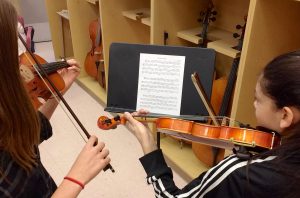
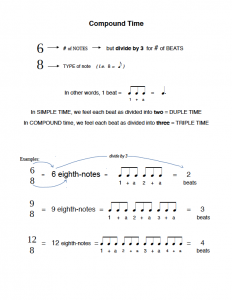
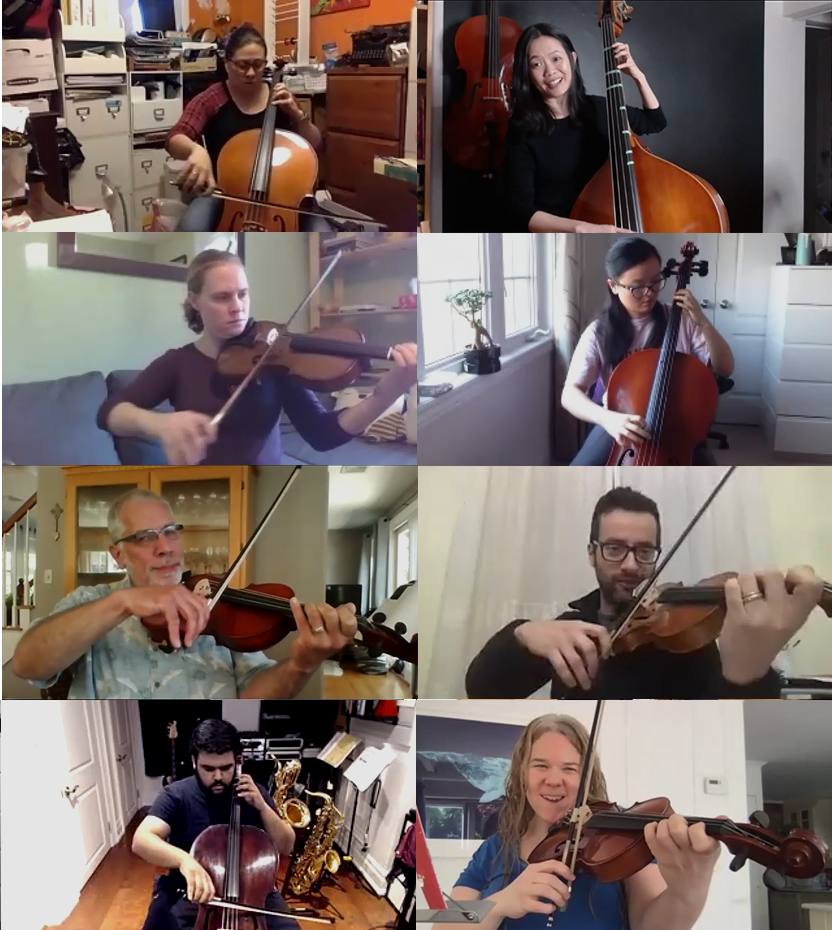
Leave a Reply